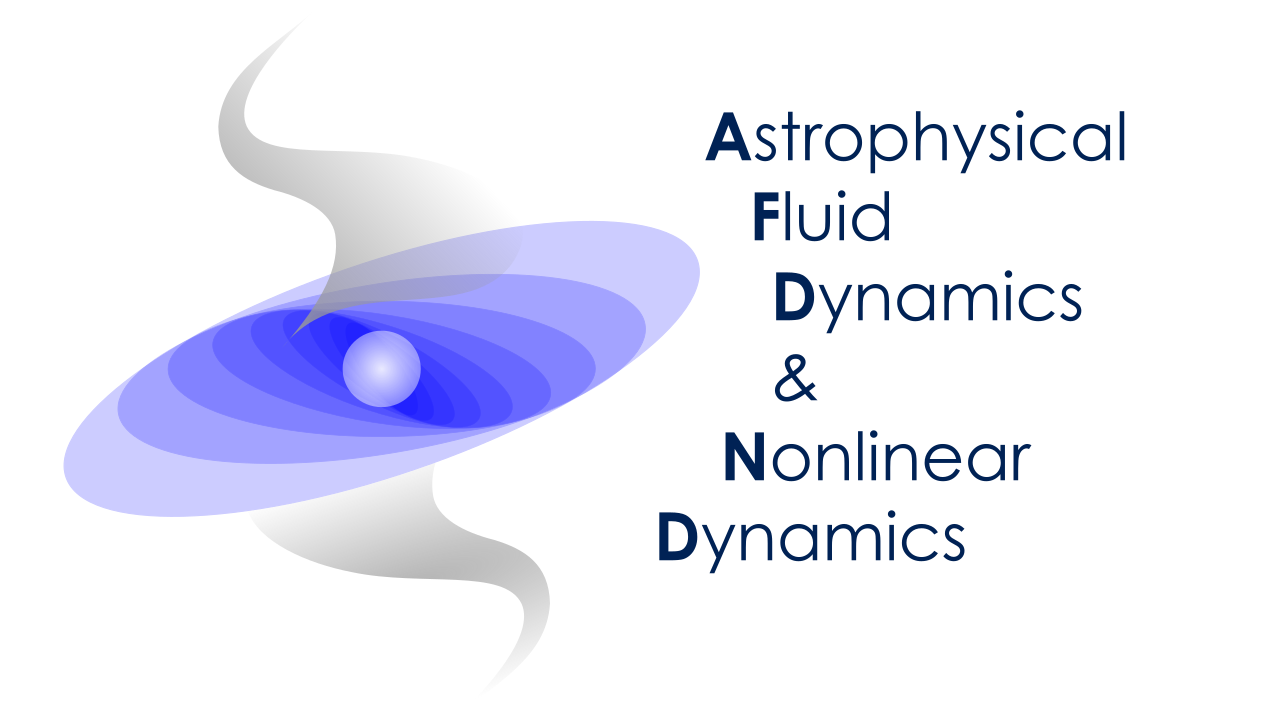Dr. Adrian Barker (University of Leeds)
Duration: 60 mins
Share this media item:
Embed this media item:
Embed this media item:
About this item

| Description: | Tidal dissipation in stars, with new results on the interaction between fast tides and convection |
|---|
| Created: | 2021-09-23 03:10 |
|---|---|
| Collection: | DAMTP Astro Seminars |
| Publisher: | University of Cambridge |
| Copyright: | Zhao Guo |
| Language: | eng (English) |
| Distribution: |
World
|
| Explicit content: | No |
| Aspect Ratio: | 4:3 |
| Screencast: | No |
| Bumper: | UCS Default |
| Trailer: | UCS Default |
| Abstract: | I will present new results on tidal dissipation in stars and planets, mainly focussing on tides in convection zones. The interaction between tidal flows and turbulent convection is often considered important for tidal evolution of binary stars and planetary systems but its efficiency for fast tides (when the tidal frequency exceeds the convective turnover frequency) has long been controversial. I will first describe a new analysis of the energy transfer terms between tidal flows and convection that is verified by idealised Boussinesq and anelastic simulations. One result is that Reynolds stresses involving tidal flow components are unlikely to contribute to dissipation of equilibrium tides. I will then review the results of direct numerical simulations in both local and global models (that study Reynolds stresses involving correlations between convective flow components, which likely dominate the interaction), which demonstrate that convection can act like an effective viscosity which falls off quadratically with tidal frequency for fast tides. I will then present calculations studying tidal dissipation in stellar models with masses in the range 0.1-1.6 M_\odot throughout their evolution. These models incorporate turbulent viscosity acting on equilibrium tides and inertial waves in convection zones, and internal gravity waves in radiation zones. I will use these results to compute tidal quality factors following stellar evolution, and tidal evolutionary timescales, for the orbital decay of hot Jupiters, and the spin synchronization and circularization of binary stars. |
|---|---|
Available Formats
| Format | Quality | Bitrate | Size | |||
|---|---|---|---|---|---|---|
| MPEG-4 Video | 576x360 | 915.69 kbits/sec | 402.41 MB | View | Download | |
| WebM | 576x360 | 328.14 kbits/sec | 144.21 MB | View | Download | |
| iPod Video | 480x360 | 488.56 kbits/sec | 214.70 MB | View | Download | |
| MP3 | 44100 Hz | 252.63 kbits/sec | 111.02 MB | Listen | Download | |
| Auto * | (Allows browser to choose a format it supports) | |||||

